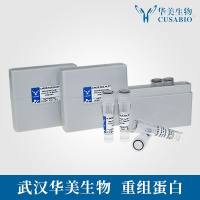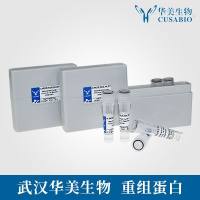Production of Infectious Poliovirus from Synthetic Viral Genomes
互联网
互联网
相关产品推荐

Recombinant-Acanthamoeba-polyphaga-mimivirus-Mitochondrial-carrier-like-protein-L276MIMIL276Mitochondrial carrier-like protein L276 Alternative name(s): VMC1 Viral mitochondrial carrier
¥10892

DYKDDDDK Synthetic Peptide
¥200

Recombinant-Human-Protein-EVI2BEVI2BProtein EVI2B Alternative name(s): Ecotropic viral integration site 2B protein homolog; EVI-2B CD_antigen= CD361
¥12572

Recombinant-Bovine-DnaJ-homolog-subfamily-C-member-14DNAJC14DnaJ homolog subfamily C member 14 Alternative name(s): J domain protein interacting with viral protein; Jiv
¥14994

Recombinant-Viral-hemorrhagic-septicemia-virus-Spike-glycoproteinGSpike glycoprotein
¥13104

